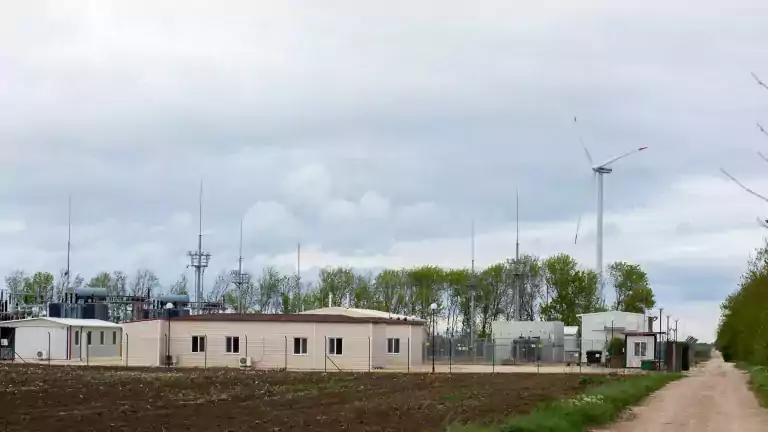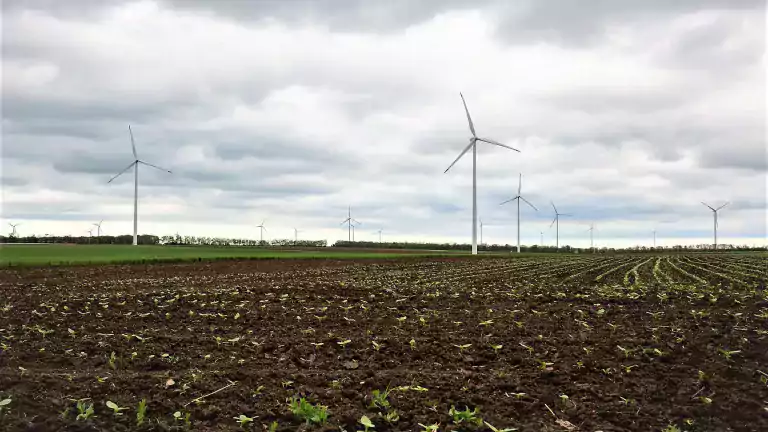The largest wind farm in Bulgaria St. Nikola saved Bulgaria around 2.6 million tons of carbon emissions for 10 years of operations
May 20, 2020
St. Nikola Wind Farm generated nearly 3 200 000 MWh of clean energy for the Bulgarian customers
Thanks to its operation, the largest wind farm in Bulgaria St. Nikola saved Bulgaria around 2.6 million tons of carbon emissions. The result achieved is equal to the CO2 absorption effect of 2,200,000 trees for over 70 years, and equals in saving of carbon pollution from burning 1.2 billion liters of diesel from automobile traffic. At the same time, the wind farm generated 3,2 million MWh of clean and reliable energy for the Bulgarian customers.
In March, St. Nikola Wind Farm celebrated its 10th anniversary since the start of its commercial operations. The farm, which is the largest one in Bulgaria, has an installed capacity of 156 MW – it operates 52 wind turbines with 3 MW of capacity each. It is located near the city of Kavarna and provides over 22% of the total wind capacities installed in Bulgaria, at the same time contributing to Bulgaria to fulfill the EU requirements for the RES share in the overall energy mix.
St. Nikola Wind Farm is owned by AES Geo Energy and is one of the two energy projects of AES in Bulgaria – the global technology leader and the largest investor in the Bulgarian energy sector for the last more than 30 years. The investment in the project St. Nikola Wind Farm amounts BGN 540 million, provided as a capital by The AES Corporation and as financing by the European Bank for Reconstruction and Development and the International Finance Corporation – part of the World Bank.
St. Nikola Wind Farm is the backbone of the Integrated Early Warning System for Bird Protection, which complies with the European requirements for the preservation of wild birds. The integrated system minimizes the risk of bird collisions with the rotating parts of the wind turbines by stopping single turbines or the entire wind farm and implements a monitoring program during the risk periods for species of protection significance. The system integrates information from several radar systems, as well as direct on-site monitoring by ornithologists, who regularly monitor birds in the area, assess potential hazards, and, where necessary, issue turbine shutdown orders. Despite its impressive size – 105 meters and the diameter of the rotor 90 meters, each of the generators can stop if there are flying birds and to let them pass.

